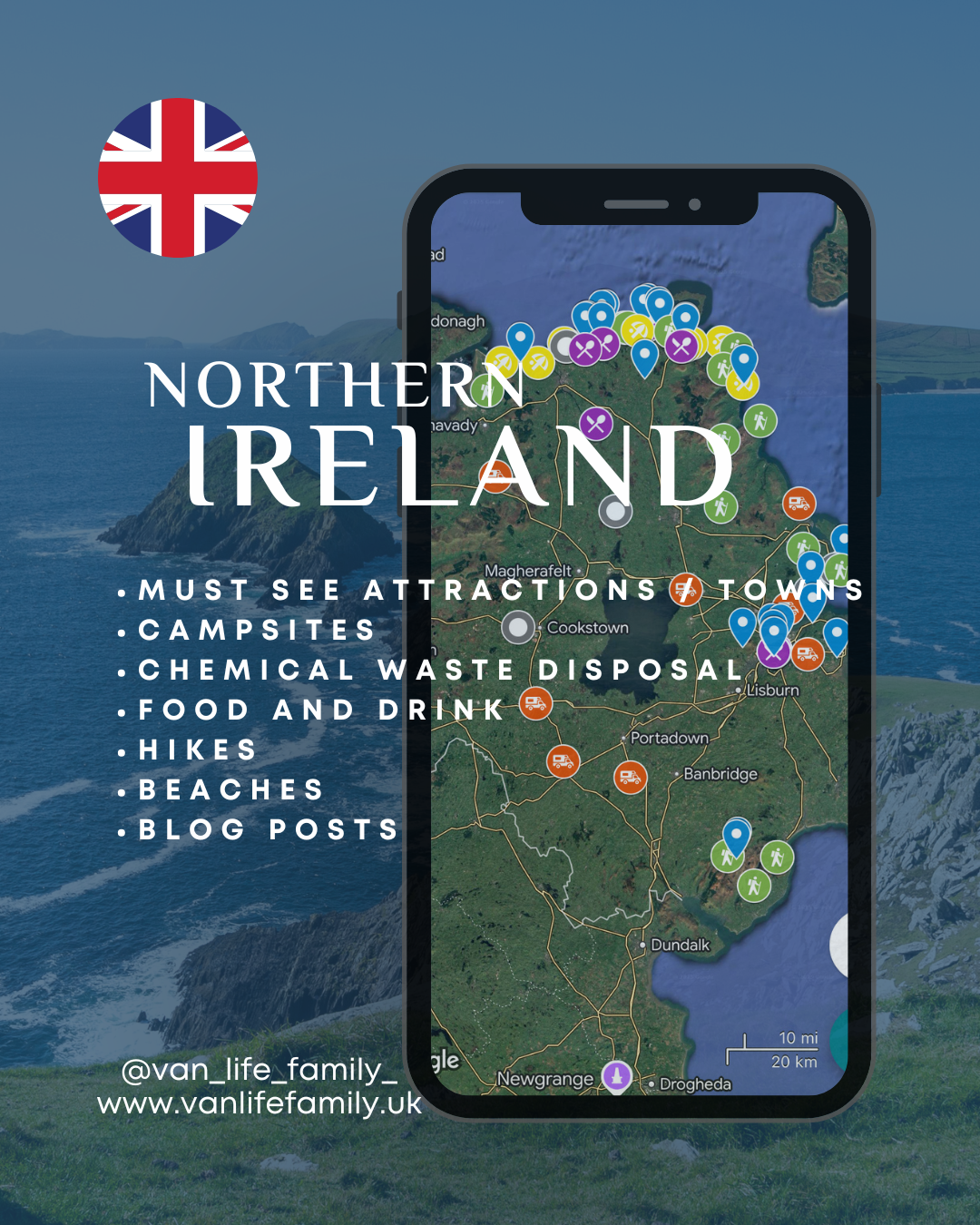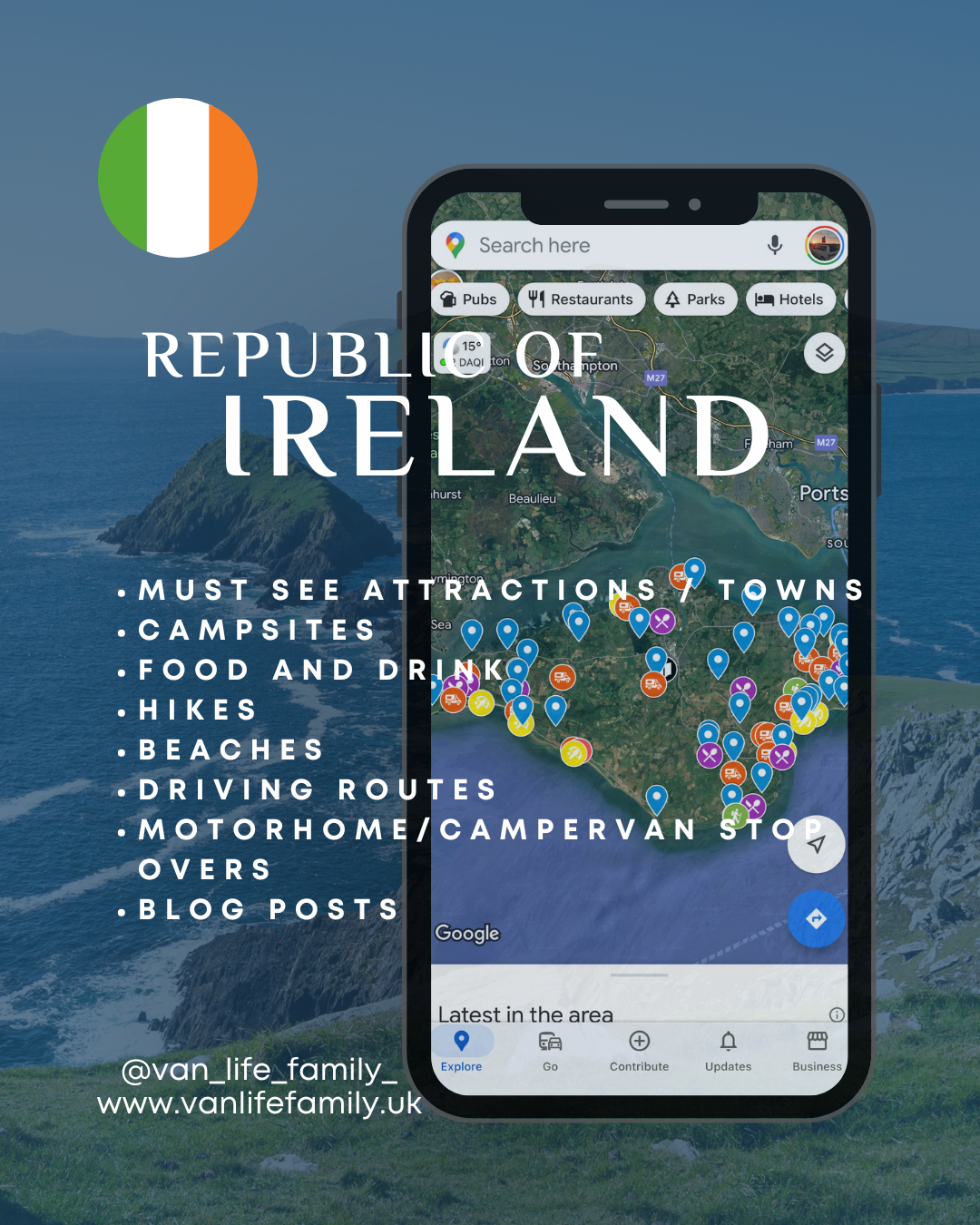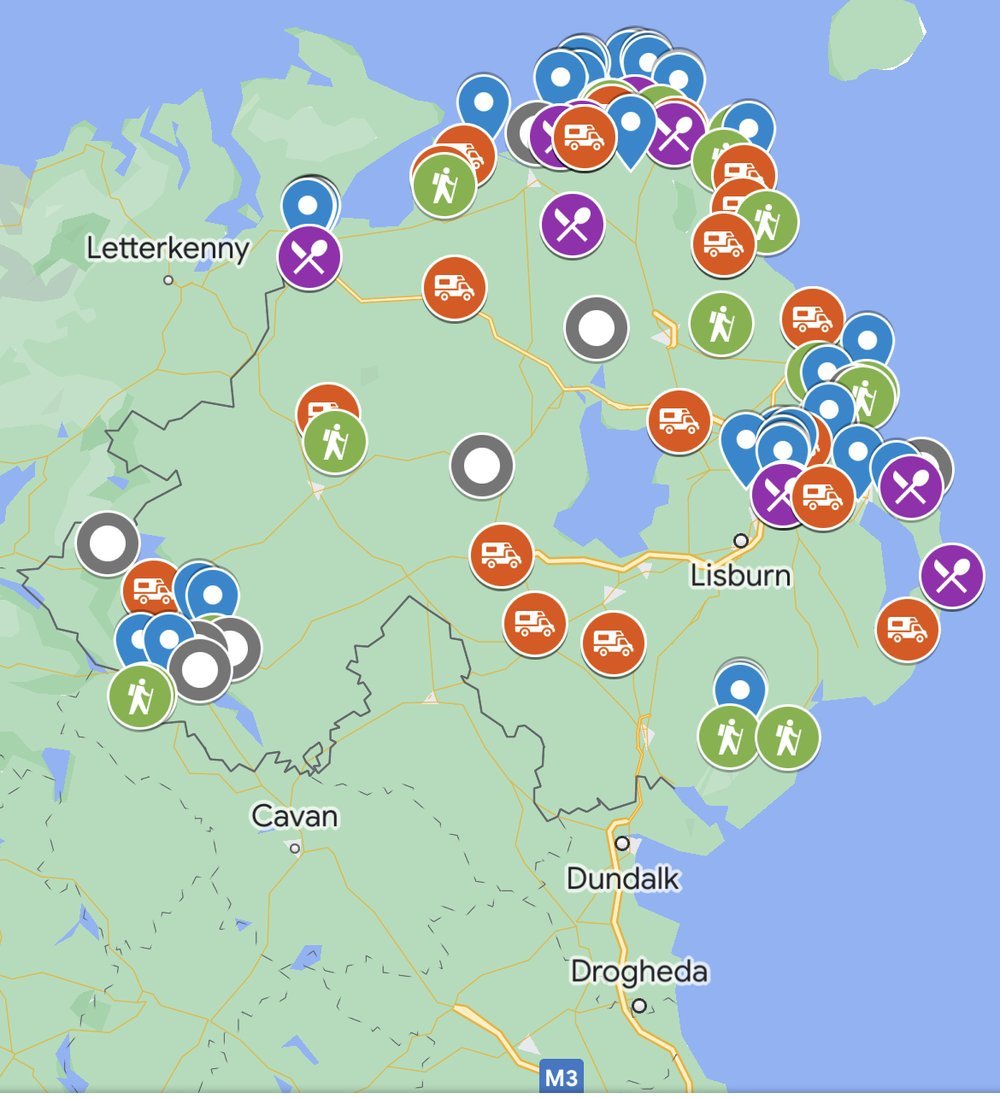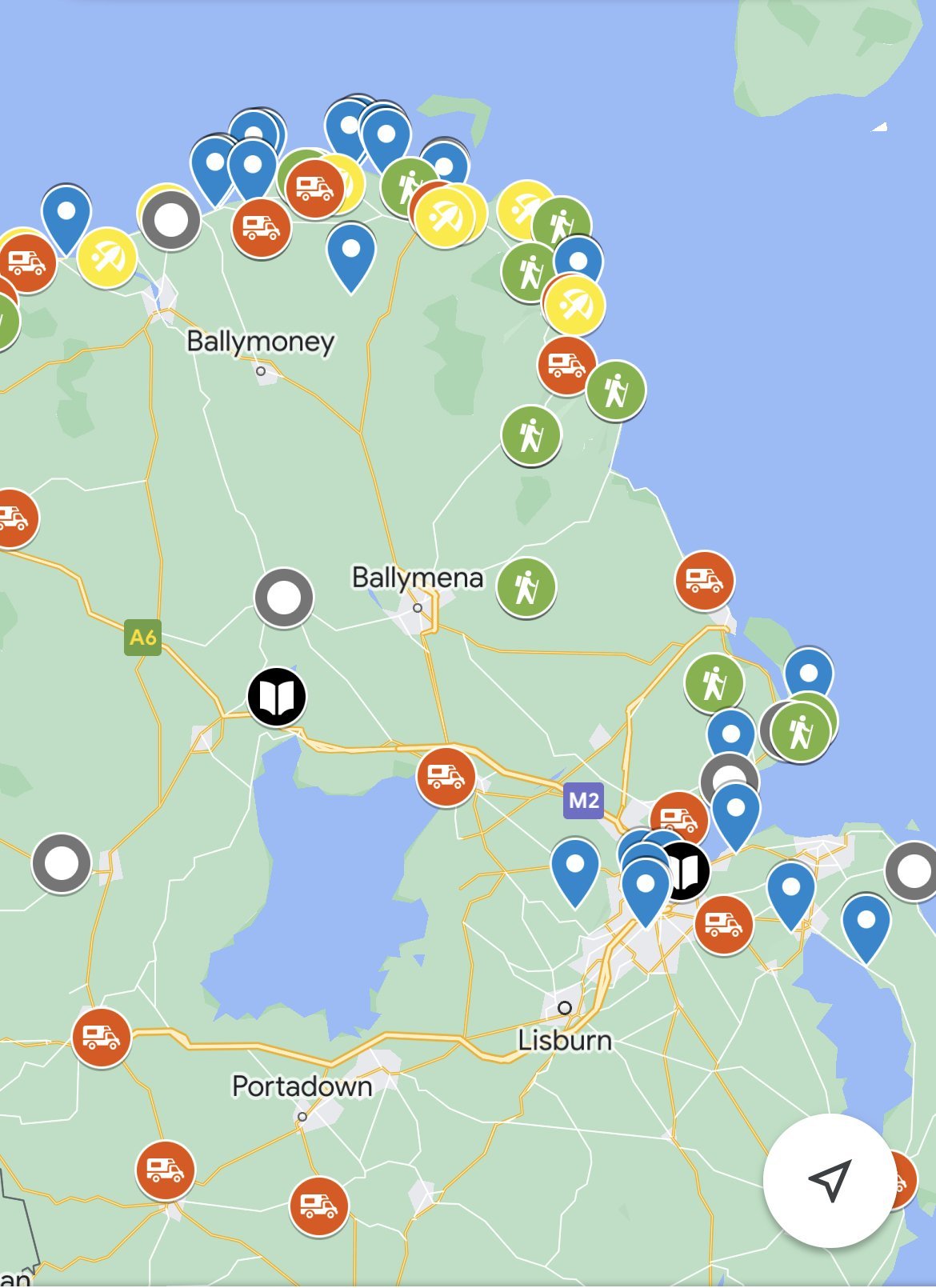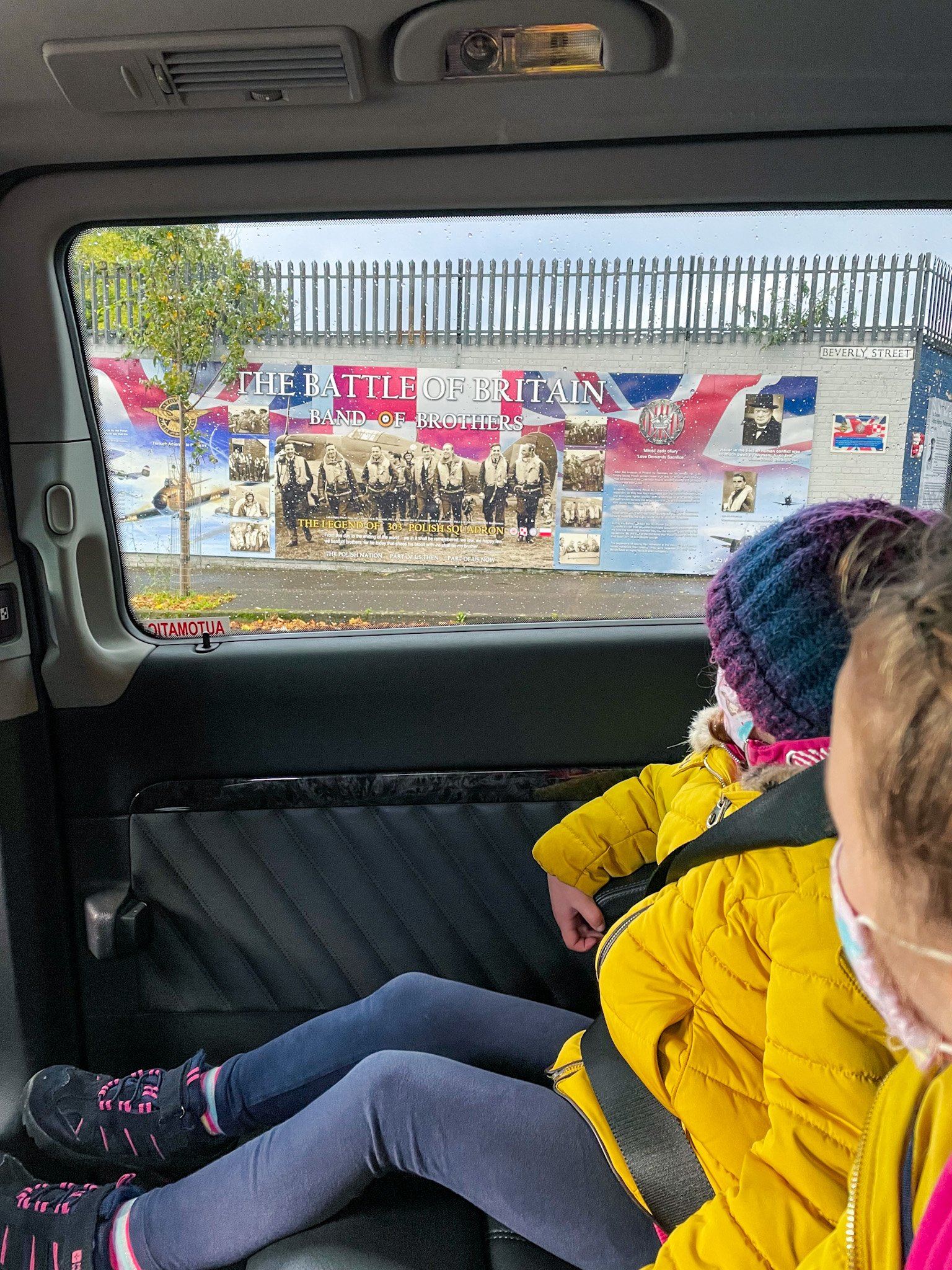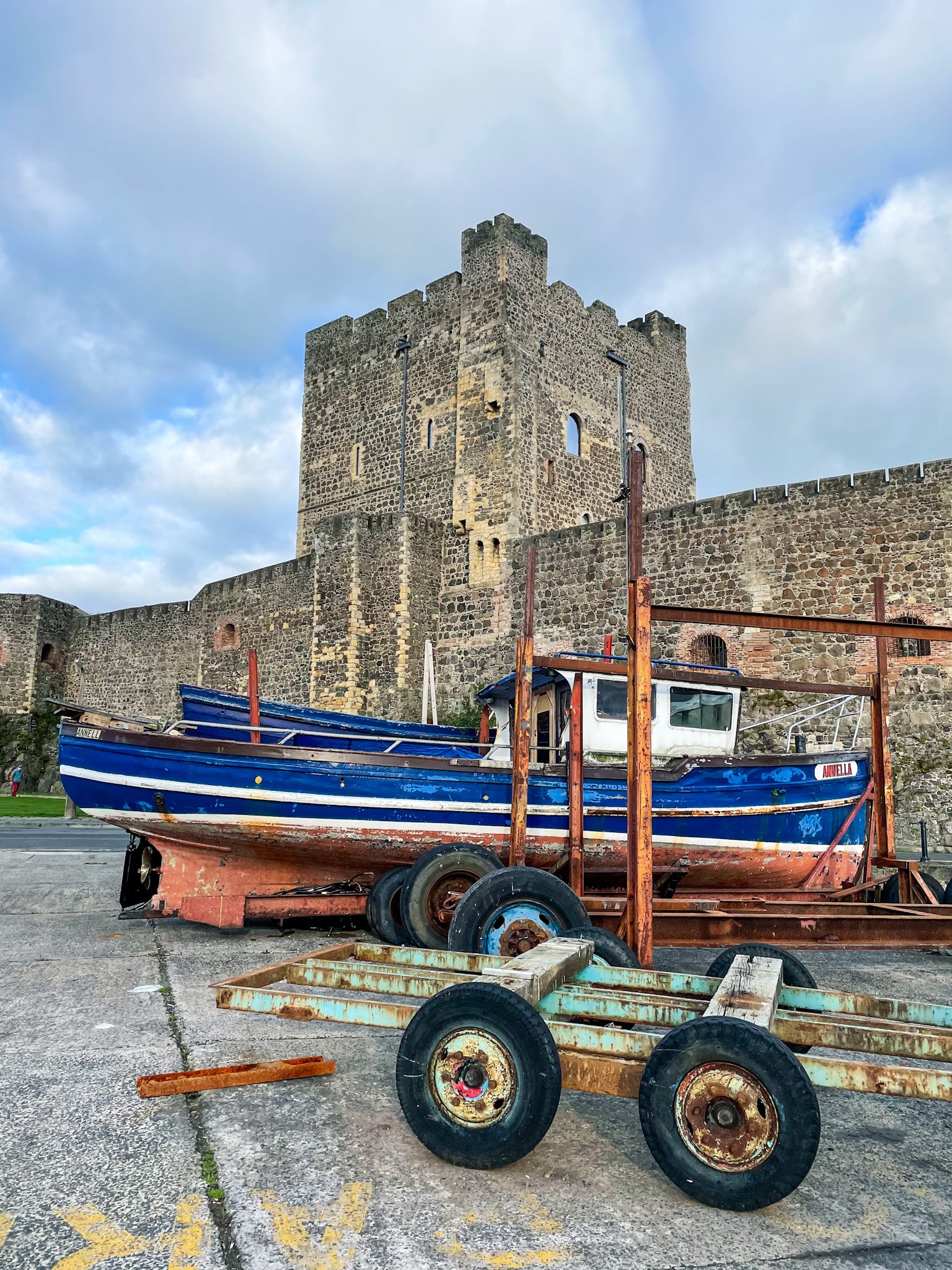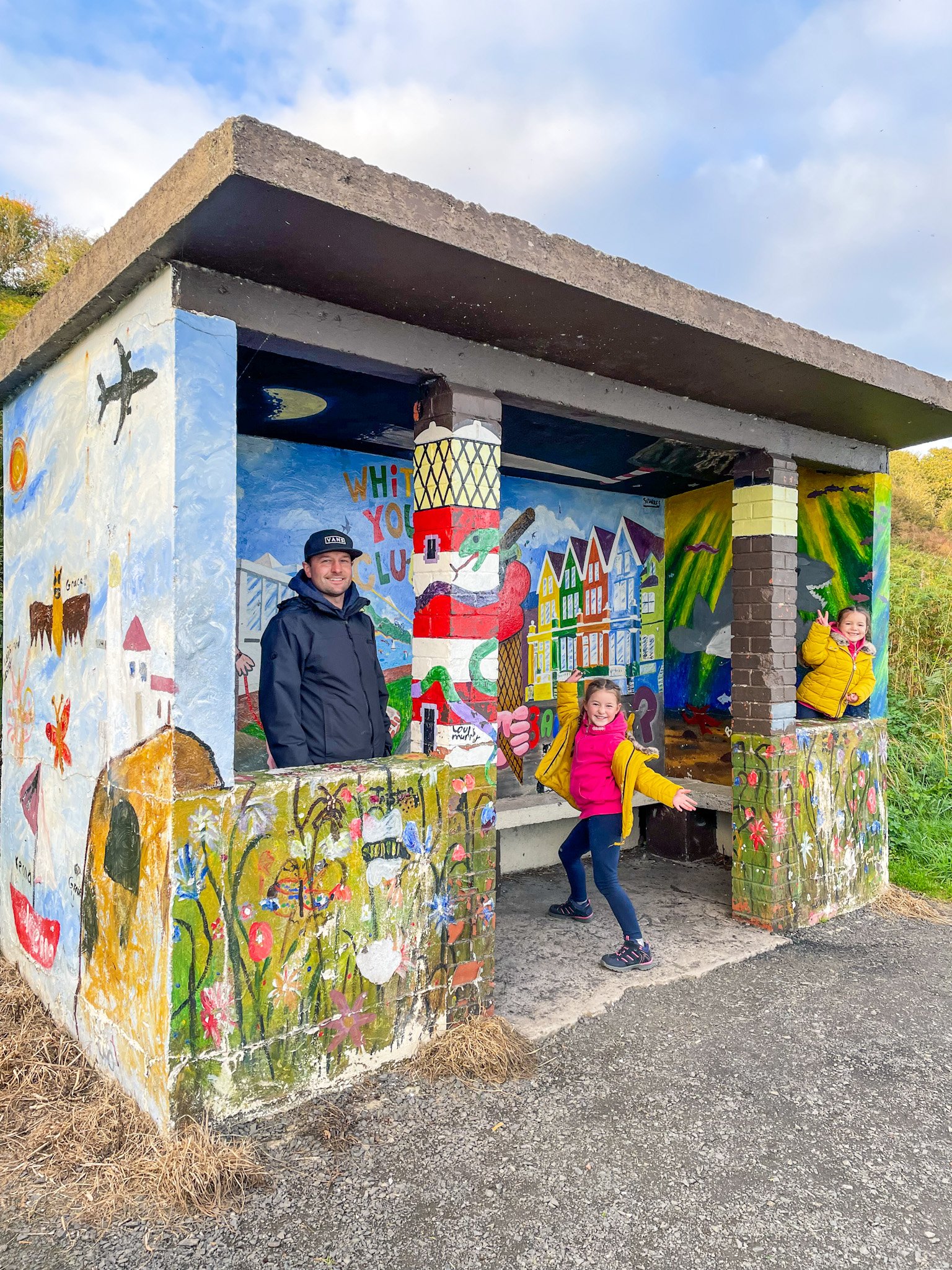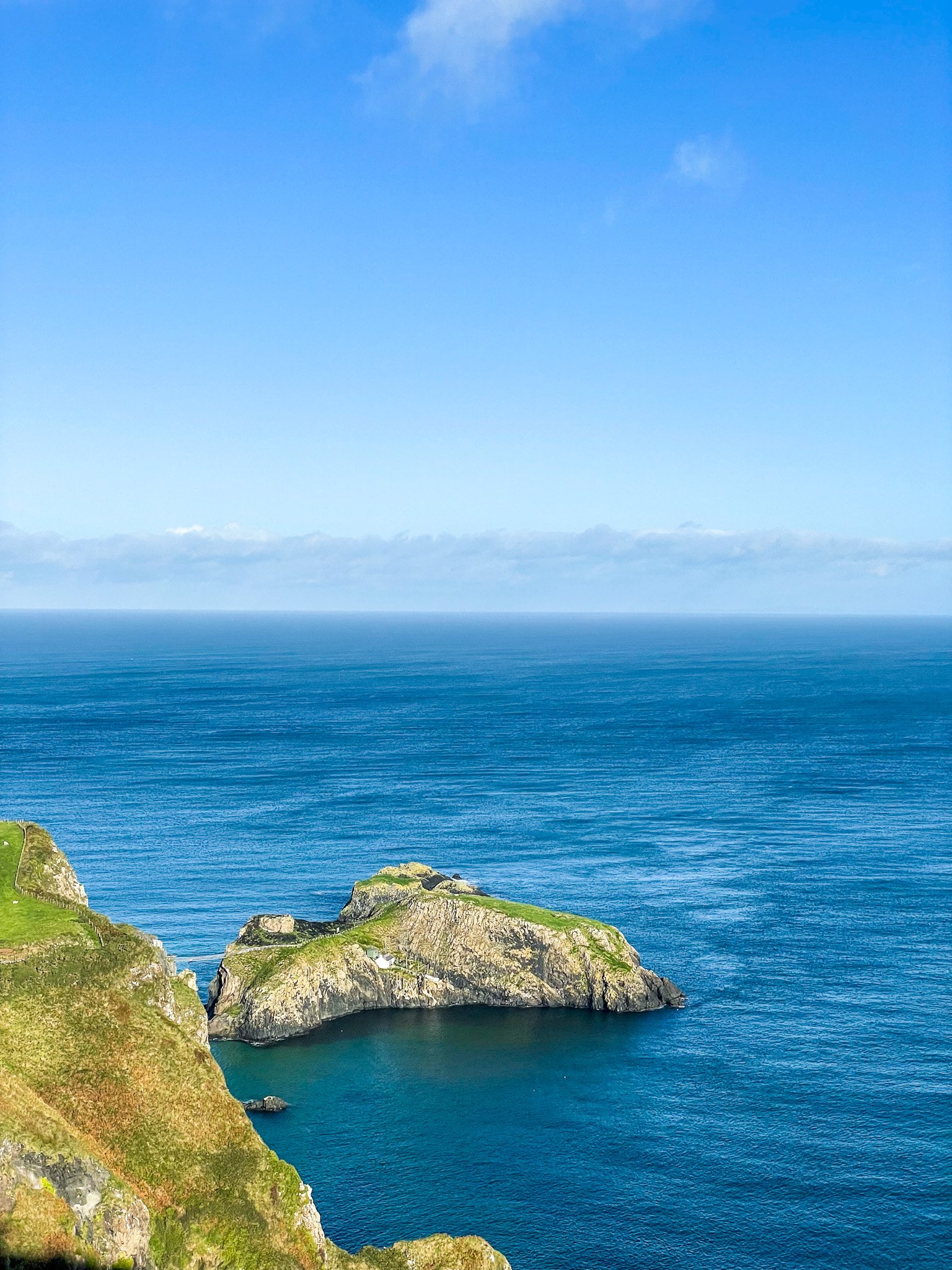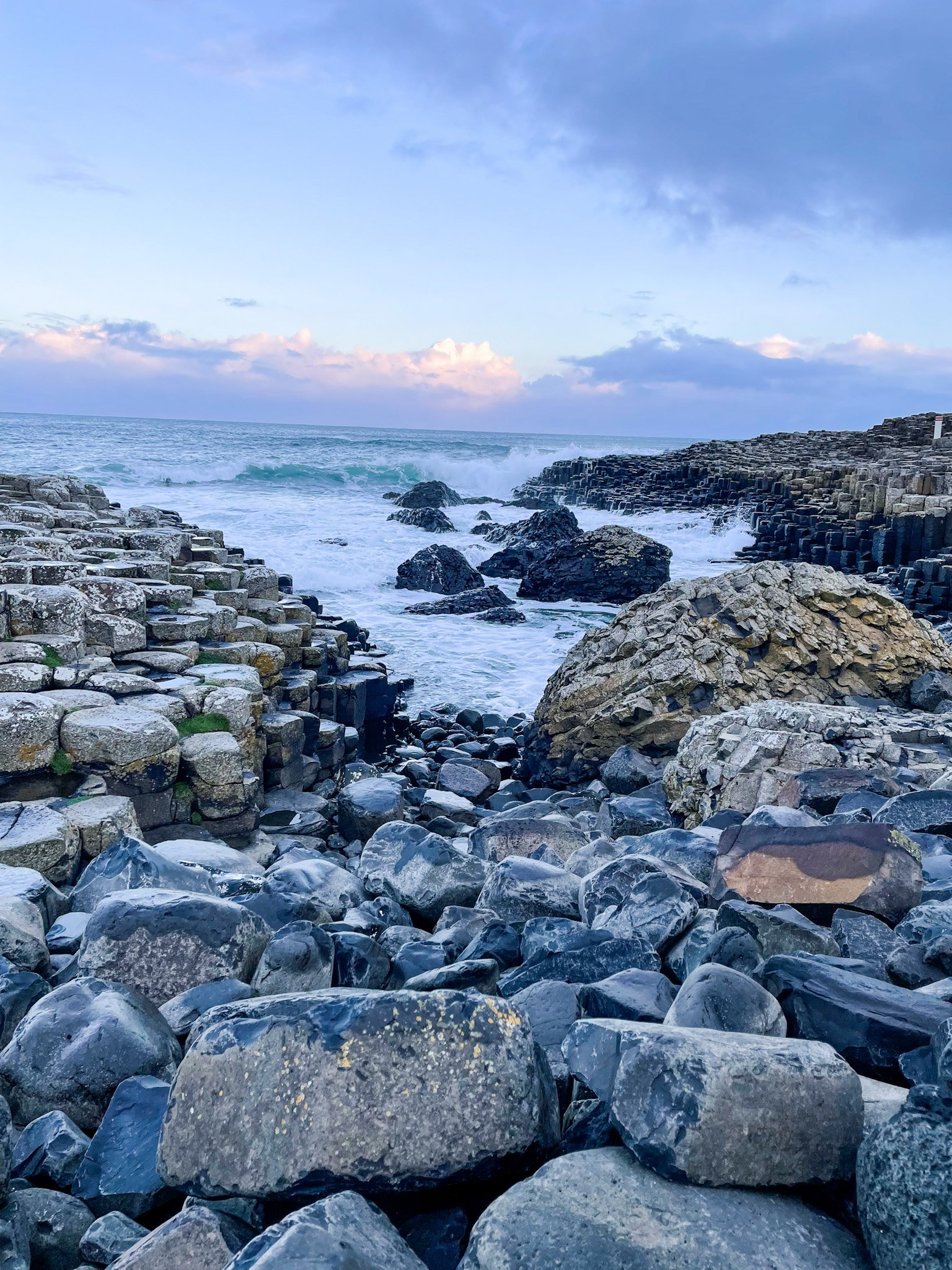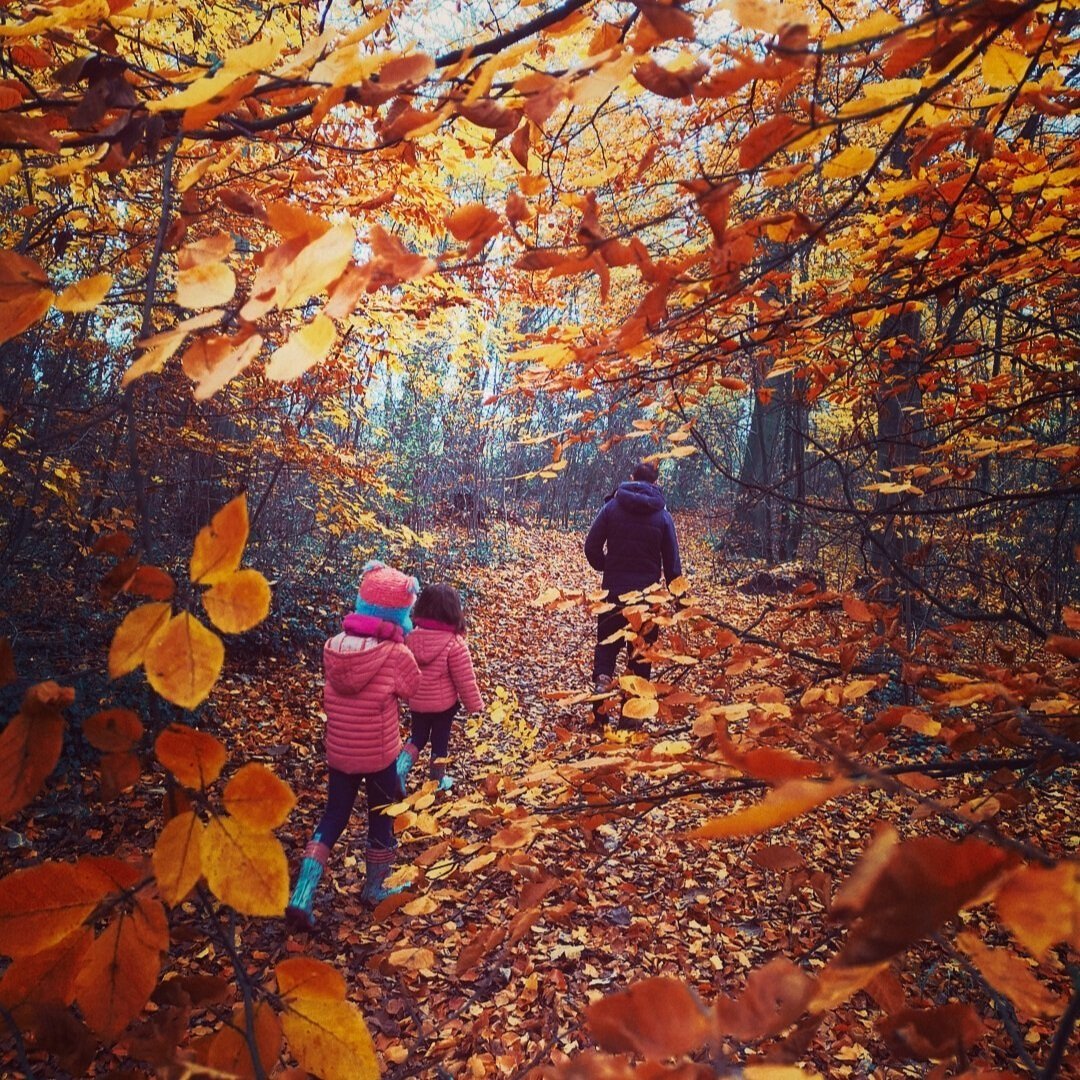Exploring the Beauty of Northern Ireland: A 11-Day Campervan Itinerary
Northern Ireland may be the smallest country in the UK, but its charm, culture and stunning landscapes more than make up for its size. Ideal for a camping holiday, Northern Ireland is compact and accessible, with everything within easy reach. Rich in history, natural beauty, dramatic coastlines and welcoming locals, there is no shortage of things to see and do. This 10-day Northern Ireland itinerary will guide you through the must-visit attractions and hidden gems, making it a perfect road trip destination.
For a more in-depth look at campervan travel in this stunning region, check out The Ultimate Guide to Campervan Travel in Northern Ireland and be sure to check out our detailed Google Map to help you plan your adventure.
How long do you need to explore Northern Ireland?
The ideal duration depends on your available time, but 10-11 days offers a comprehensive experience of Northern Ireland's highlights. While you could easily spend a month exploring both Northern Ireland and the Republic of Ireland, a few days will still allow you to experience much of what the country has to offer.
For our journey, we sailed from Cairnryan, Scotland to Belfast (the capital city) via ferry. If you are planning a similar trip, check out all the details on ferry prices, travel tips and passport requirements for travelling from Great Britain to Northern Ireland here. We visited during autumn when campsites were either closed or had plenty of availability. For more camping options, Northern Ireland offers forest campsites that can be found online here. Additionally, you can find the best places to visit, overnight parking spots, must-see attractions, beaches, hikes and food and drink recommendations our detailed Google Map.
This blog details our 11-day Northern Ireland road trip. However, with so much to explore, feel free to tailor your itinerary based on your preferences using the Google Map.
Day 1: Discover Belfast in 24 Hours
Belfast, Northern Ireland's vibrant capital, offers a fascinating history and cultural experiences despite its past of political conflict. Today, the city is a safe, dynamic place to visit with friendly locals and an engaging atmosphere.
Start your day early with a black taxi tour to explore Belfast’s rich and complex history. We recommend Cab Tours Belfast, a unique cross-community tour that provides an unbiased view of the historical differences in Northern Ireland. The tour lasts around 1.5 hours and our guide even stopped at a local shop to buy the girls some sweets – a true highlight! You can see a short video of our trip here.
After your taxi tour, enjoy a traditional Ulster Fry breakfast at Maggie Mays or Harlem Cafe. Then, head to the Titanic Quarter, easily walkable from the city center. Don’t miss the Titanic Belfast Museum, where you can learn about the ill-fated ship built in the city’s shipyards. Be sure to pre-book audio guides, especially the interactive version designed for children. Allow at least 2 hours for the museum and if time permits, visit the SS Nomadic, a vessel designed by Thomas Andrews, the Titanic’s designer.
To round off your day, consider visiting Crumlin Gaol, strolling through the Botanic Gardens, or relaxing at the Crown Liquor Saloon for a pint of Guinness.
Day 2 &3 : The Causeway Coastal Route
The 120-mile Causeway Coastal Route between Belfast and Derry (Londonderry) is one of the best roads to explore in Northern Ireland. The route offers dramatic scenery, historical landmarks, and picturesque coastal villages.
Start by visiting Carrickfergus Castle and the Blackhead Coastal Path in Whitehead. Then, head to Carnfunnock Caravan Park for an overnight stay.
The following day, make a slight detour off the Causeway Coastal Route to Slemish Mountain, where St. Patrick is believed to have worked as a shepherd. A moderate climb, it offers spectacular views and is an excellent spot for hikers. Afterward, head to Glenariff Forest, often called the "Queen of the Glens," known for its beauty and trails.
Day 4: Cushendun Caves and Ballycastle Beach
Continue along the Causeway Coastal Route to Cushendun Caves, a famous Game of Thrones filming location. From there, drive to Ballycastle Beach for a morning walk, then visit the Carrick-A-Rede Rope Bridge.
Later, explore Ballintoy Harbour, grab a bite at Roark's Kitchen, and finish the day with a walk on White Park Bay Beach, a golden-sand spot perfect for a leisurely stroll.
Day 5: The Giant's Causeway and Dunluce Castle
Start early to visit Northern Ireland's only UNESCO World Heritage site: The Giant’s Causeway. This geological wonder consists of 40,000 interlocking basalt columns and the surrounding views are breathtaking. After exploring the causeway, head to Bilberry Mill Cafe for a delicious breakfast.
Continue along the coast to Dunluce Castle and stop at Magheracross Car Park for panoramic views of the coastline. The girls will enjoy a visit to Chestnutts Farm for fresh milk and milkshakes before continuing your journey.
Day 6: Explore the Antrim Coast
Visit Portrush, Portstewart, Mussenden Temple, and Benone Beach. Benone Beach is one of the few UK beaches where you can drive your vehicle on the sand! Make sure to follow the designated vehicle areas to avoid any mishaps. If you did happen to get stuck, please give the North Coast Two Guy a call for help.
Day 7: Discover Londonderry/Derry in 24hours
Londonderry (or Derry) is home to Ireland's only completely intact Walled City. While exploring, consider booking a walking tour to better understand the city's history. There are a range of tours to choose from and you can find more information about some of them here.
Why does Derry/Londonderry have two names?
Derry/Londonderry is a city with two names due to a historical naming dispute between Irish nationalists and unionists. Legally, it’s called Londonderry, but nationalists often use Derry, while unionists prefer Londonderry. This debate became more politically charged during the Troubles. While visiting, especially during the annual Orange March (July 12th), it’s advisable to be cautious in certain areas, though we felt safe on our visit.
Derry/Londonderry also offers great dining options, with Badgers being a local favorite for fresh, local food and drink. Don’t miss the famous Derry Girls mural on the gable wall of Badgers. The popular Netflix show, set in 1990s Derry, follows the lives of Erin and her friends during the Northern Ireland conflict.
You can find lots more things to see and do in Derry/Londonderry here.
Day 8: Gortin Glen Forest Park and Enniskillen
After leaving Londonderry, head towards Gortin Glen Forest Park for a day of exploration. The park offers over 10 km of walking trails, mountain bike paths, and scenic drives. Then, stop in Enniskillen to visit the Enniskillen Castle Museums and Castle Coole.
Day 9: Marble Arch Caves and Florence Court
Marvel at the stunning Marble Arch Caves, formed over 340 million years ago. The caves offer tours through an incredible landscape of rivers, woodlands, waterfalls and more. After your cave tour, visit Florence Court, a beautiful National Trust property, before heading east toward Newcastle.
Day 10: Mourne Mountains and Silent Valley
The Mourne Mountains are an Area of Outstanding Natural Beauty and a must-see during your Northern Ireland trip. Choose from various hiking trails, including a climb up Hen Mountain and don’t miss a visit to Silent Valley Mountain Park. The park offers picturesque landscapes, walking trails and a serene environment. There are so many amazing different walks and trails in the area - some of which can be found here.
Day 11: Explore the Ards Peninsula
On your final day, drive the coastal road from Donaghadee to Mount Stewart. Visit Portavogie Bay Beach, a stunning spot with an abundance of shells and enjoy a lunch break in the local fishing town, famous for its prawns and herring.
As your time in Northern Ireland ends, take the ferry back to Cairnryan, Scotland, marking the conclusion of your unforgettable road trip. You can find everything you need to know about travelling from GB to Northern Ireland here, including details about ferry prices and pet passport requirements.
Whether you are exploring the stunning coastline, discovering Northern Ireland's rich history, or enjoying its natural beauty, this 11-day itinerary has something for every traveller.

